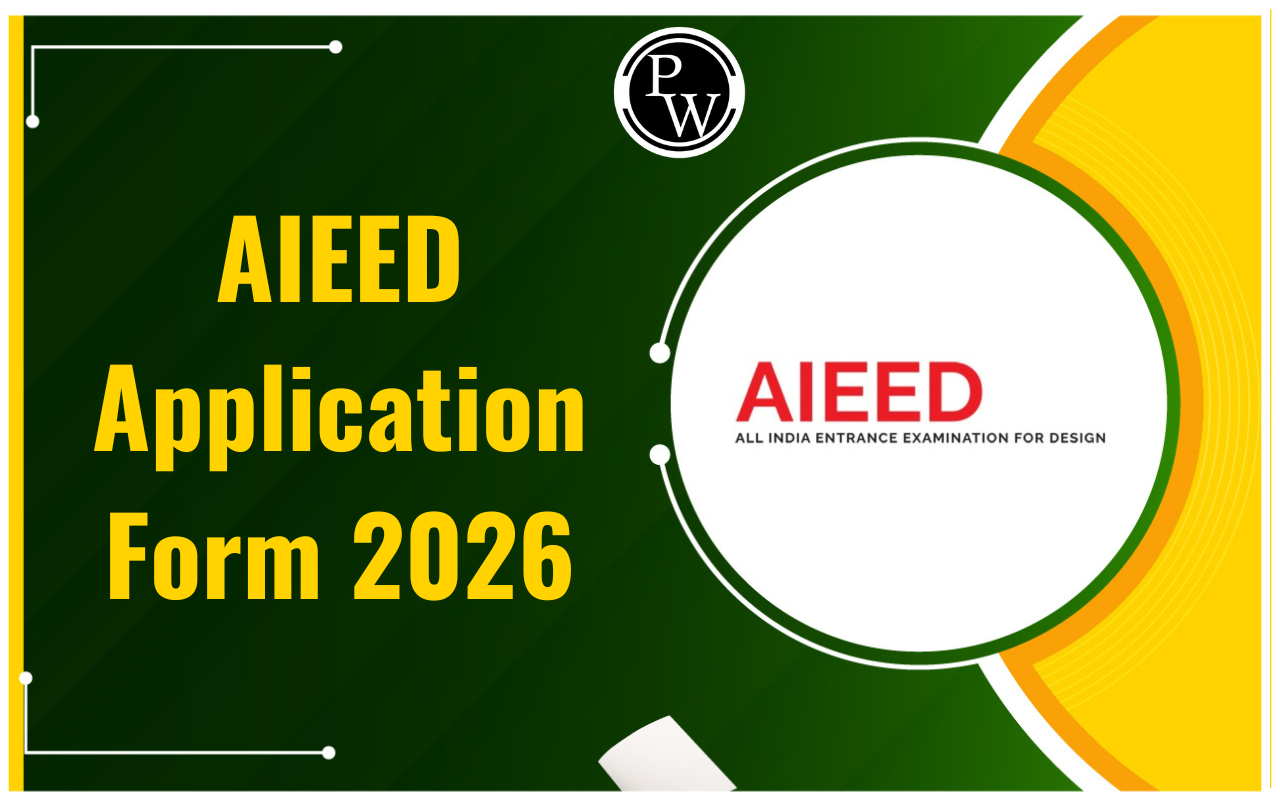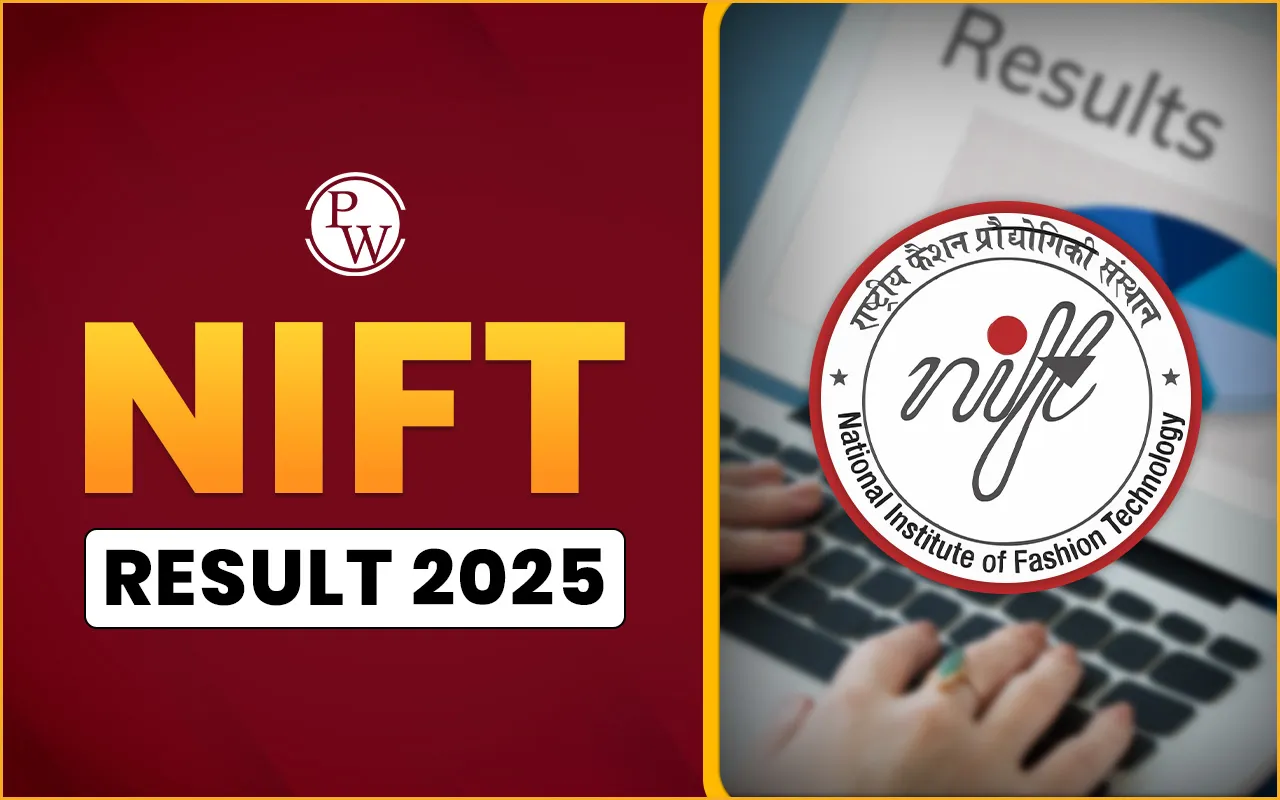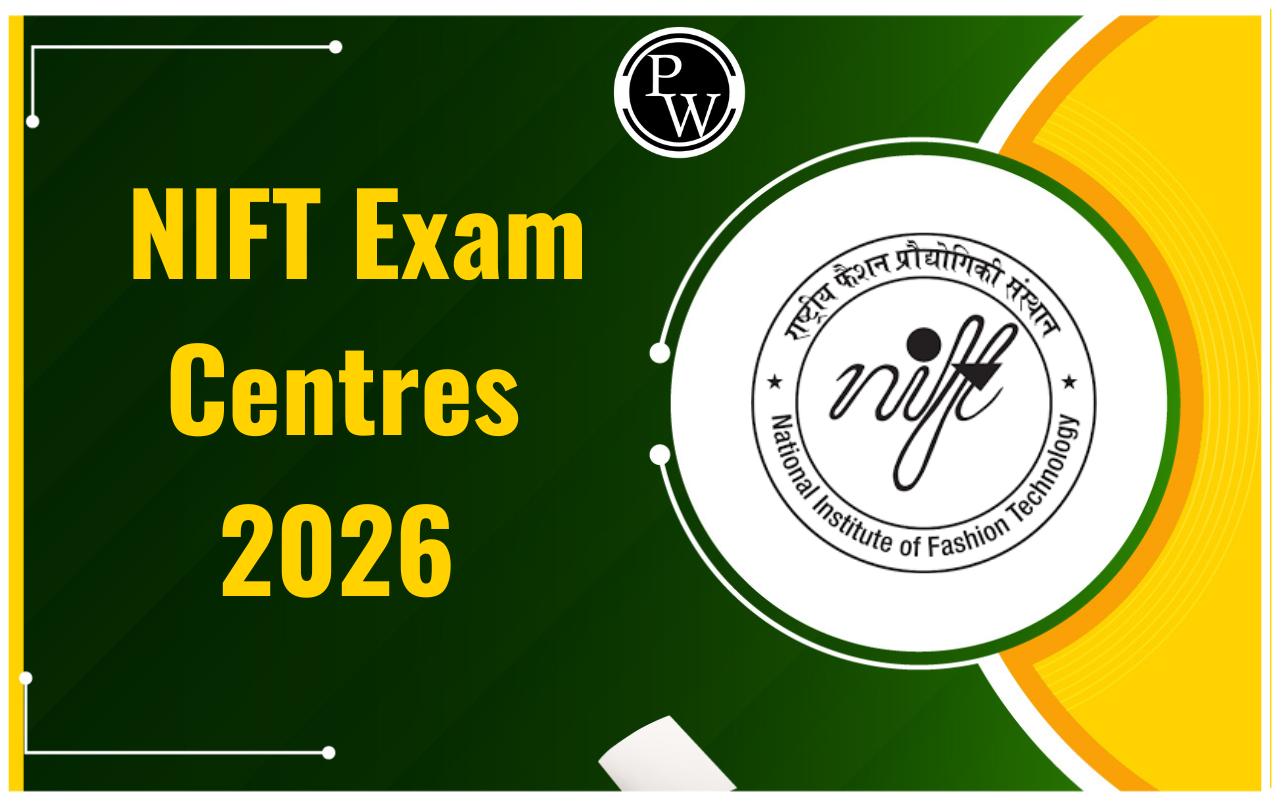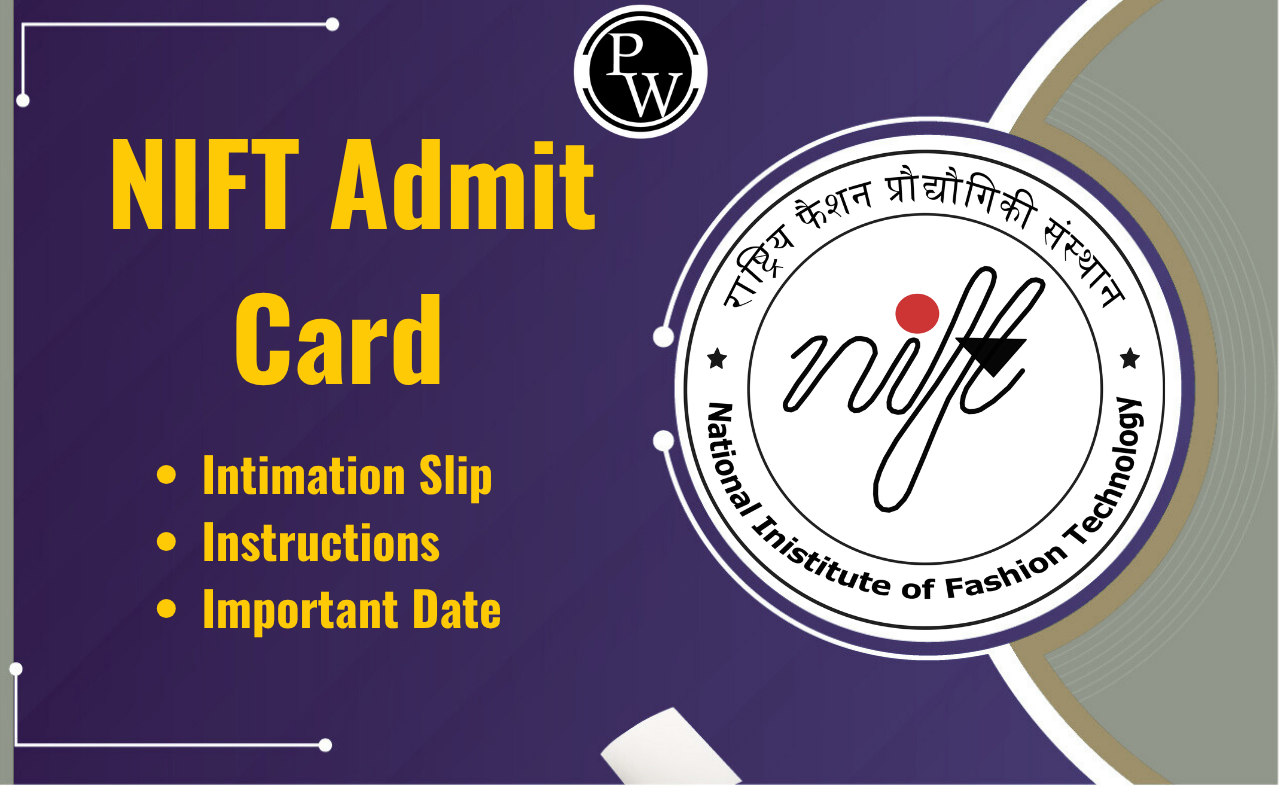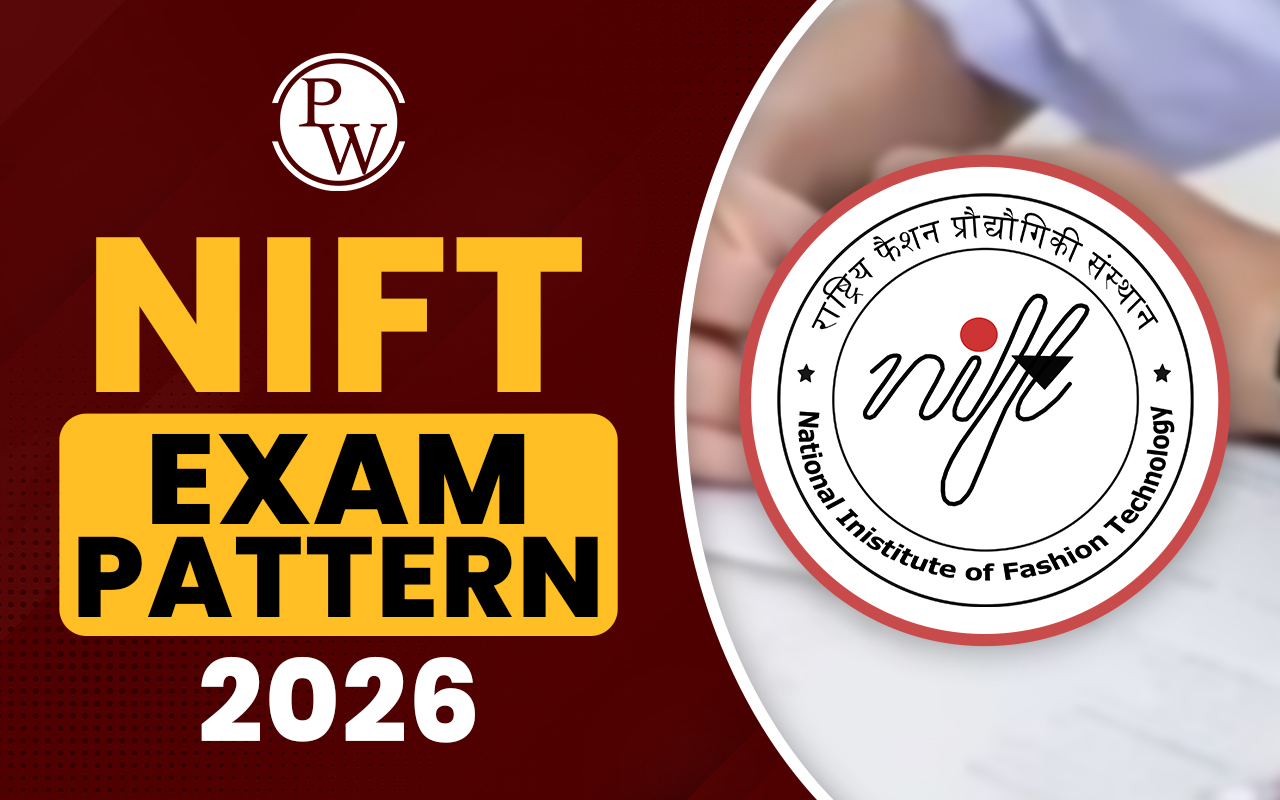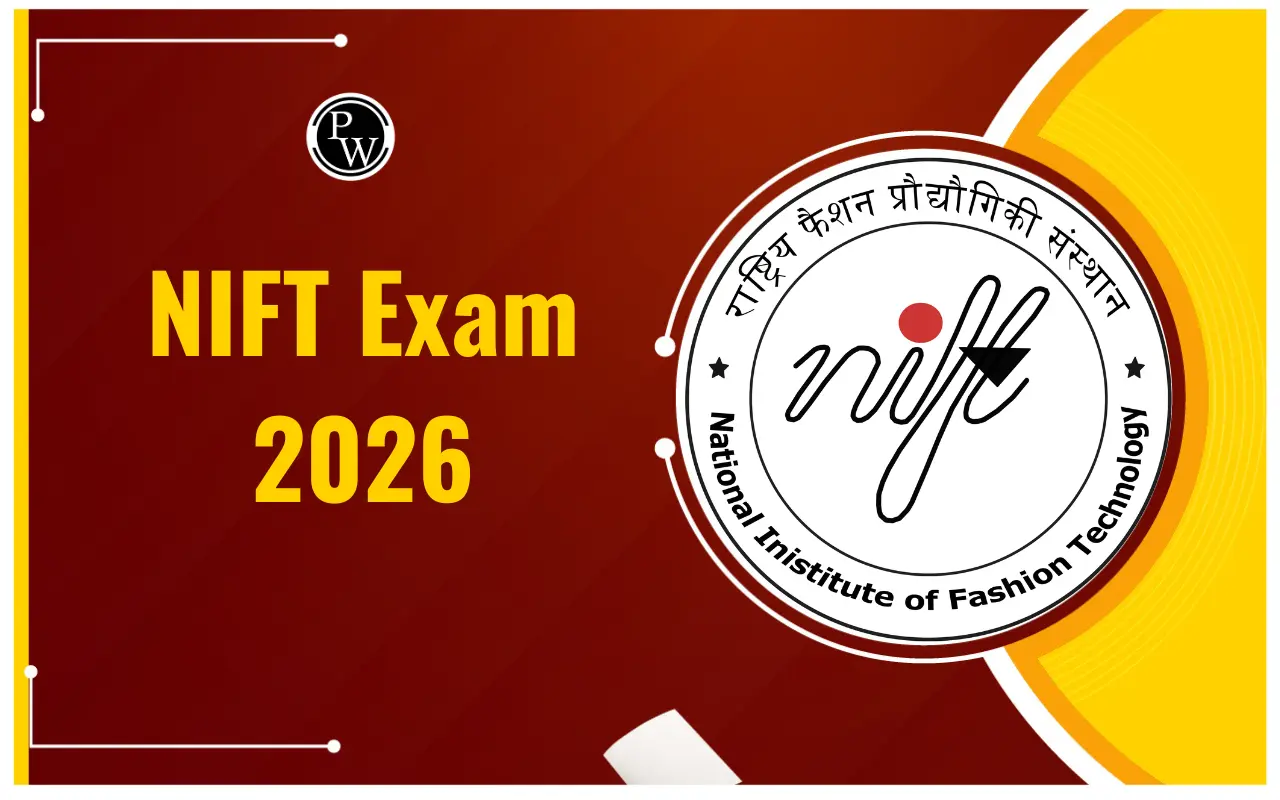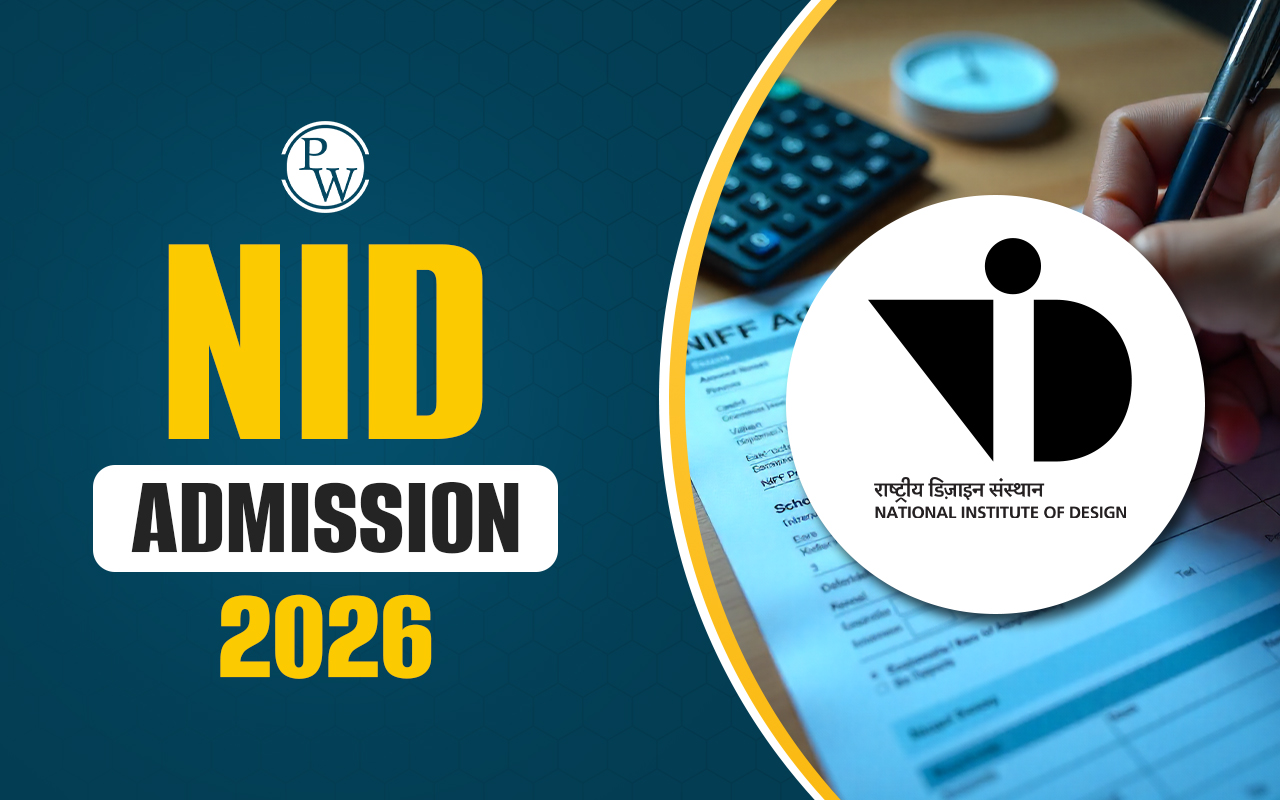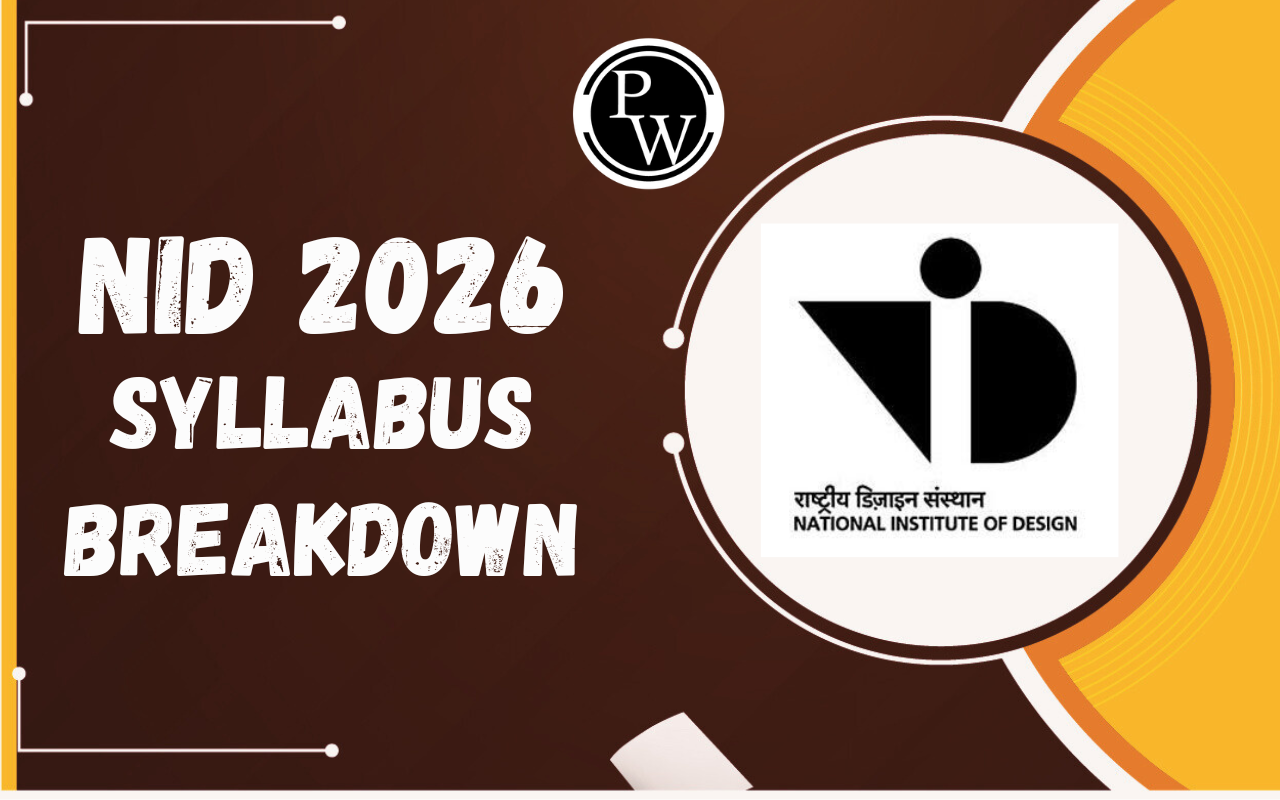
Important Topics to Study for NIFT Situation Test 2025: NIFT entrance exam 2025 includes two qualifying stages, namely, Written Exams (GAT & CAT), and NIFT Situation Test. Candidates aspiring to qualify for NIFT 2025 need to qualify for both the exams and obtain merit ranks for admission to B.Des and M.Des courses at various universities. NIFT situation test 2025 is structured in a way to test a candidate’s ability to conceptualize, innovate, and present creative solutions using provided materials within a limited time frame.
To ace the test, candidates must focus on topics including conceptualization skills, creative and innovative use of materials, composition and arrangement of elements, color scheme, spatial visualization, and overall aesthetic appeal. Moreover, candidates must be able to clearly explain the concept and construction process in a concise write-up. Focusing on these core areas will help aspirants effectively demonstrate their design thinking and problem-solving abilities in the NIFT Situation Test.
NIFT Situation Test 2025 Overview
The NIFT Situation Test 2025 is the second stage of the B.Des admission process. It will be conducted on 8 June 2025 in offline mode at designated NIFT centers. This two-hour hands-on test requires candidates to construct a 3D model using only the materials provided at the venue, demonstrating thir creativity, spatial visualization, and material handling skills. Candidates must also submit a written explanation in English detailing the concept and construction of their model, as the write-up forms a key part of the evaluation. For the final merit calculation, the NIFT situation test carries a weightage of 20%, followed by candidates’ performance in the written exams, including Creative Ability Test (CAT) and General Ability Test (GAT).
NIFT Situation Test 2025 Syllabus
NIFT Situation Test 2025 includes topics and concepts that will evaluate candidates' practical skills in material handling and innovative design. It evaluates how well candidates can conceptualize and create a model using a specified set of materials, showcasing their creativity and technical abilities. NIFT Situation Test 2025 syllabus comprises the following major requirements.
- Model Creation: Candidates need to construct a 3D model using provided materials.
- Evaluation Criteria: Assessment is done based on their creativity, material use, color schemes, and construction finesse.
- Write-Up Requirement: Candidates are required to write an explanation of the model's concept in English.
- Identity Protection: Candidates must not reveal their identity during the test to avoid disqualification.
Important Topics to Study for NIFT Situation Test 2025
Some of the topics to study for the NIFT Situation Test 2025 are given below. Candidates must prioritize their strategies according to their strengths and weaknesses and focus more on building design concepts, rather than mugging them up.
- 3-D Form Building and Visualization: Being able to visualize and design three-dimensional objects quickly and accurately is critical. Make sure that the scope and proportions are accurate without comprising the professional appearance of the model. Regular practice in translating ideas from 2D sketches to 3D models will improve spatial awareness.
- Material handling Skills: Familiarize and get accustomed with the use of various materials such as paper, fabric, wire, clay, and cardboard. Understand their properties and usage in creative designs.
- Focus on the Ergonomics of Model Making: Practice creating quick, functional, and creative models with proper alignment, balance, and aesthetic appeal. Focus on how to build structures that are both stable and visually interesting, using the given materials effectively.
- Color Scheme and Aesthetic Sense: Study color combinations and their impact on design to create visually appealing models that effectively use the provided materials. Practice creating designs that are visually balanced and aesthetically pleasing using different color schemes.
- Space Designing and Styling: It includes organizing elements in a balanced and proportionate manner to maximize utility and aesthetics. Incorporate miniature styles and interiors for retail corporates, window designs including creative details, themes, and color schemes to enhance the visual appeal. Maintain structural integrity and neatness whilst designing.
- Observation Skills: Attention to detail and the ability to observe and understand the materials, textures, and designs around you can help in creating innovative models.
- Display & Visual Merchandising Concepts: It includes organizing elements to create visually appealing displays, using color schemes, lighting, and positioning to enhance aesthetics, and ensuring functionality in the design. Candidates are required to create models inspired by storefronts, product showcases, or thematic displays, showcasing their understanding of customer engagement and spatial arrangement.
- Time Management & Model Execution: For the NIFT situation test, candidates are allotted 2 hours to complete their models. Therefore, practice completing projects within a limited timeframe to ensure your model is finished with finesse.
- Story-Telling Through Models: Candidates have to design models based on a given problem statement or theme. Try creating models that clearly communicate the narrative or idea behind it, reflecting creativity and coherence.
- Write-Up Skills: Articulate your model’s concept clearly in English, explaining its purpose, design elements, and innovative aspects.
Preparation Tips for the NIFT Situation Test 2025
Since the NIFT Situation Test 2025 purely evaluates candidates’ on their design knowledge and model-making skills, focus on getting accustomed with usage of materials and making aesthetic models. Below are some preparation tips that candidates can include in their preparation regime.
- Experiment with various materials like cardboard, fabric, and thermocol to understand their properties and how they can be manipulated for model-making.
- Practice building 3D models based on different themes or prompts.
- Enhance your time management skills by allocating specific periods for brainstorming, constructing, and finalizing models to ensure you can complete tasks efficiently within the exam's time constraints.
- Always sketch your ideas before starting to construct your model. This allows you to visualize your concept clearly and plan the execution process.
- Keep abreast of current trends in fashion and design by following industry publications, blogs, and social media platforms. Understanding contemporary styles that will assist you in your model-making, ensuring relevance in your designs.
- Try to articulate your explanation in a plain and understandable tone, explaining your model and its relevance.
Important Tips for the NIFT Situation Test 2025
Candidates appearing for the NIFT Situation Test 2025 must be aware of the following pointers that will ease their exam experience and avoid chaos.
- Bring all necessary materials, including your toolkit (scissors, glue, etc.), writing materials for the write-up, and any other essentials specified in the guidelines.
- Allocate specific time slots for brainstorming, building, and finalizing your model. Keep track of time to ensure you complete all parts of the task without rushing at the end.
- Ensure that your model communicates a clear theme or story. Accompany it with a concise write-up that explains your concept, enhancing clarity for evaluators.
- Think creatively when conceptualizing your model.
- Pay attention to detail when constructing your model.
Important Topics to Study for NIFT Situation Test 2025 FAQs
What is the NIFT Situation Test?
When will the NIFT 2025 Situation Test be conducted?
What is the weightage of the Situation Test in the overall merit calculation?
What materials will be provided during the test?
Can I bring additional materials to the test?

